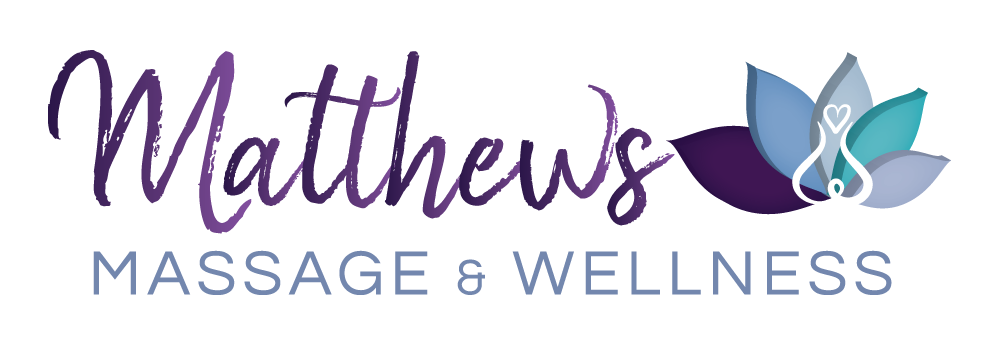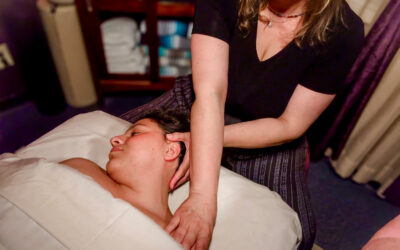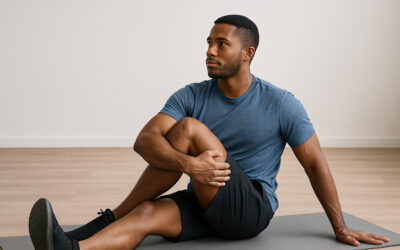I was very excited to go to my second anatomy lab experience this month. My plan was to focus on the arm, elbow, forearm, wrist, and hand. It was ambitious for a four-hour session, but I was eager to challenge myself.
This session we had a female donor. Because of her posture, we were able to work in side-lying, which gave us unique access to the glutes and adductors. This was especially interesting to me because I often work with my clients in side-lying, and seeing how the muscles are positioned in this way was eye-opening.
Arm, Wrist, and Elbow Exploration
There were about eight students in this lab, which created an excellent opportunity to observe many different areas of dissection. I began with the arm and elbow, carefully identifying nerves, muscles, and tendons. At times, I found myself struggling to recall muscle names and functions—such as which muscles cross the elbow and how they attach to the radius or ulna. But even with the challenge, the process was deeply educational.
As I moved closer to the wrist and hand, I was surprised by the emotions that surfaced. The hands felt so personal—reminding me of my grandmother’s hands. Since we use our hands every day, and my clients often love hand massage, the experience felt very intimate. Thankfully, another student kindly stepped in to help me begin exploring the wrist and hand. She reassured me that it’s normal for many people to have an emotional response the first time working with the hand.
Adductors, IT Band, Glutes, Intercostal and Facial Muscles
After the break, I spent time observing my classmates. I watched as one explored the adductors in a sidelying position and how sidelying changed how they presented themselves in relation to the quads and hamstrings. Another followed the IT Band into the TFL and hip. I observed another student revealing the intricate nature of the intercostals of the ribs and how the fibers of internal and external ran perpendicular to each other. I watched my instructor expose the facial muscles with incredible precision; her patience and skill inspired me.
Tendon Sheath for “Trigger Finger”
Later, I gained a better understanding of “trigger finger” by seeing how the tendon sheath can restrict movement. At the very end of class, we briefly examined an arthritic joint in the hand, which gave me a deeper compassion for clients living with arthritis pain. While I can’t remove arthritis, I can support the surrounding muscles and provide comfort.
This anatomy lab experience continues to be one of the most enriching parts of my professional growth. Even after 20 years of massage therapy, I am still learning, still curious, and still amazed by the human body. I’ve signed up for a three-session package, so I’ll be back next month. Who knows—maybe I’ll focus on the hamstrings and glutes next time.
Massage is a lifelong journey of learning, and this class is helping me see the body in ways that will directly support my clients. I’m grateful for the opportunity and look forward to sharing more from my next anatomy lab experience.



